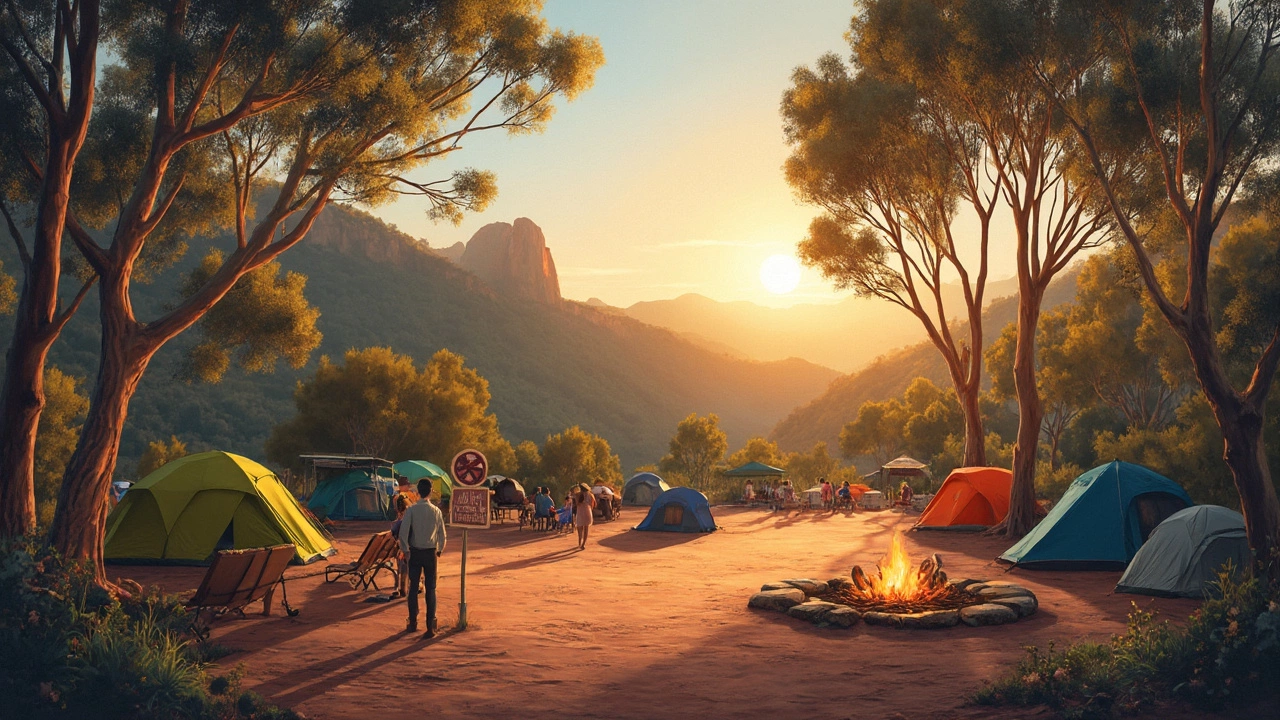Gorge Camping: Your Practical How‑To Guide
Ever stood at the edge of a deep gorge and thought, "I could stay here all night"? You’re not alone. Gorge camping blends dramatic scenery with the peace of nature, but it also needs a bit of planning. Below you’ll find the essential steps to turn that idea into a safe, fun trip.
Choosing the Right Gorge Spot
First, locate a gorge that allows camping. In the UK, most national parks have designated campsites nearby, while some are free‑to‑camp on public land with a permit. Check the local council website or the park authority for rules; a quick call can clear up any doubt.
When you’ve found a spot, look at the ground conditions. Flat, well‑drained ground avoids soggy tents after a rain shower. Avoid setting up directly on riverbanks – the water can rise fast and ruin your gear.
Accessibility matters too. If you’re hauling a motorhome or a pulled camper, make sure the road can handle the weight. Narrow, steep tracks are fine for a lightweight tent but can be a nightmare for a larger rig.
Staying Safe and Comfortable
Gorges often have steep drops and hidden rock outcrops, so a good tent with a sturdy guylines system is a must. Use extra stakes and ropes to anchor your shelter to rocks or sturdy trees. A quick tip: tie a line around a nearby rock and then attach the guylines – it adds extra security without extra stakes.
Weather can change fast in a gorge. Pack a waterproof jacket, quick‑dry clothing, and a tarp for extra rain protection. A lightweight, packable rainfly works wonders if a sudden shower hits.
Water sources are usually close, but you can’t drink straight from them without treatment. Bring a portable filter or purification tablets – they’re cheap and save you from nasty stomach bugs.
Fire rules vary. Many gorges ban open flames to protect the surrounding forest. Check ahead and bring a camping stove for meals. If fires are allowed, keep them small, use a fire pan, and fully extinguish before you leave.
Lighting is another key point. Headlamps free up your hands for cooking or setting up gear, and a few extra batteries add peace of mind.
Don’t forget wildlife. Gorges attract birds, insects, and sometimes small mammals. Store food in airtight containers or a lockable box to keep critters away.
Finally, respect the environment. Pack out every piece of trash, stay on marked paths, and avoid disturbing plant life. Leaving the gorge as you found it means everyone can enjoy the view for years to come.
With the right spot, proper gear, and a respect for local rules, gorge camping becomes an unforgettable experience. Whether you’re a solo traveler, a couple, or a family, these tips will help you set up, stay safe, and soak in the dramatic landscape without hassle.
Ready to book your next adventure? Grab a map, check the permit requirements, and start packing. The gorge is waiting – and it’s better when you’re prepared.
Can You Smoke at the Gorge Camping? Here's What You Need to Know
Wondering if you can light up a cigarette while camping at the Gorge? This article digs into the ins and outs of smoking regulations and campsite practices in these popular forest retreat spots in Australia. You'll get the scoop on why these rules matter and how to have a safe, smoke-conscious trip. We'll also touch on fire safety tips and alternatives to enhance your camping experience without the smoke. Stick around to make sure your next adventure is both fun and rule-abiding.
